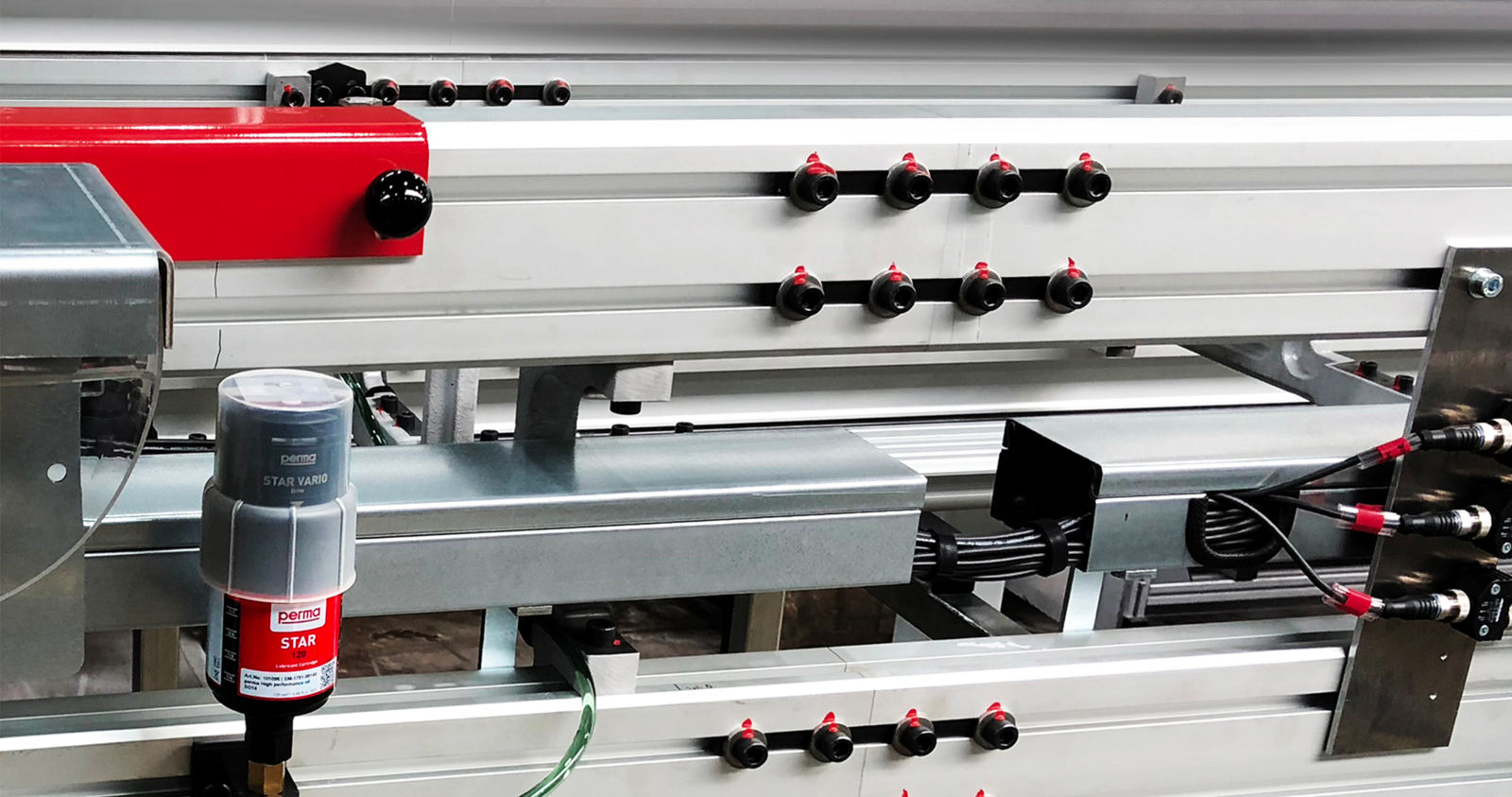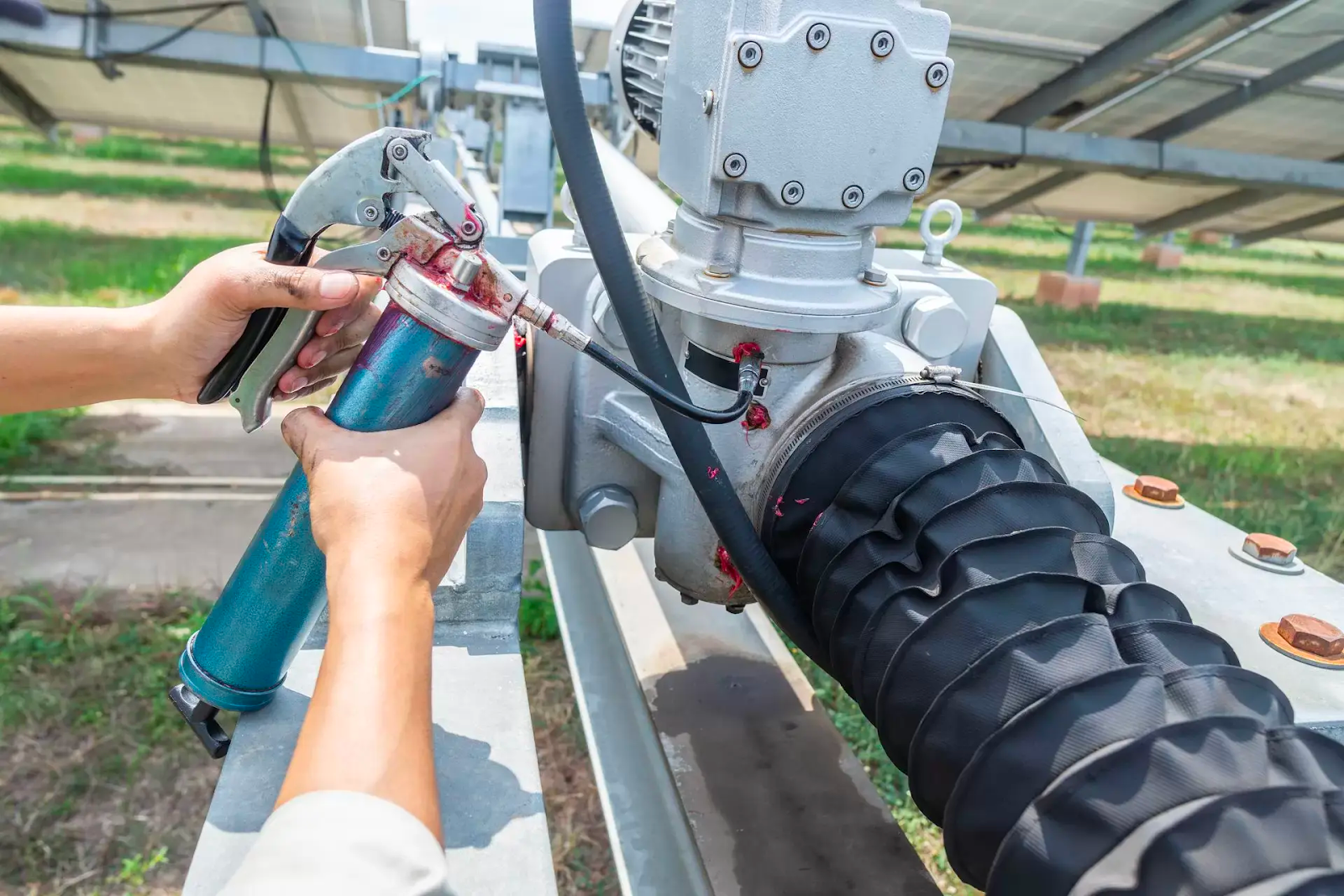Single point automatic lubricators are instrumental in modern machinery maintenance, providing a simplified and effective approach to lubrication. This article explores the definition of single point automatic lubricators, outlines common parts and specifications, delves into their advantages and limitations, and underscores the importance of consulting with lubrication consultants for optimal usage.

Single Point Lubricators
Single point automatic lubricators, or single-pointers, are compact devices designed to automatically dispense a controlled amount of lubricant to a specific lubrication point within machinery. These units operate independently, ensuring a continuous and precise supply of lubrication, reducing the need for manual intervention.
Common Parts and Specifications
Reservoir
The reservoir stores the lubricant and comes in various sizes to accommodate different application requirements. It ensures a steady and controlled supply of lubricant over time.
Dispensing Mechanism
The dispensing mechanism regulates the flow of lubricant, allowing for precise delivery to the lubrication point. It can be adjusted to meet the specific lubrication needs of the machinery.
Power Source
Single point automatic lubricators typically utilize batteries or gas pressure to power the dispensing mechanism. This autonomy reduces the need for frequent attention and maintenance.
Mounting Options
These lubricators offer flexible mounting options, allowing for easy installation in various positions and locations within machinery. This adaptability enhances their usability in diverse industrial settings.

Benefits of Using Single Point Lubricators
Continuous Lubrication
Single point automatic lubricators ensure a continuous and consistent supply of lubricant to critical machinery components. This prevents wear and tear, extends the lifespan of equipment, and enhances overall operational efficiency.
Reduced Manual Intervention
By automating the lubrication process, these systems minimize the need for manual intervention. This not only saves time and labor costs but also reduces the likelihood of human error in lubrication application.
Precise Lubricant Delivery
The dispensing mechanism allows for precise control over the amount of lubricant delivered to the lubrication point. This precision ensures optimal lubrication without wastage.
Limitations of Single Point Lubricators
Limited Capacity
Single point automatic lubricators typically have limited reservoir capacities. In applications with high lubricant consumption, frequent replenishment may be necessary.
Applicability to Specific Points
While effective for targeted lubrication points, these lubricators may not be suitable for applications requiring lubrication across a broad area.
Consult with Lubrication Consultants
For businesses aiming to implement single point automatic lubricators effectively, consulting with lubrication consultants is highly recommended. Lubrication experts can assess specific operational conditions, recommend the most suitable lubrication solutions, and provide guidance on proper installation and maintenance practices. Their expertise ensures businesses make informed decisions, optimizing machinery performance and minimizing downtime.

